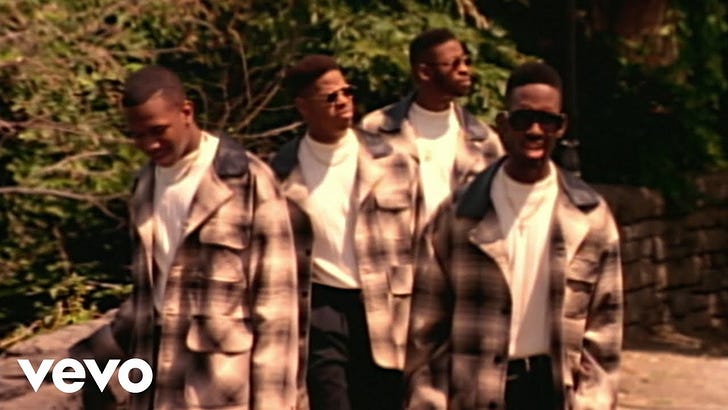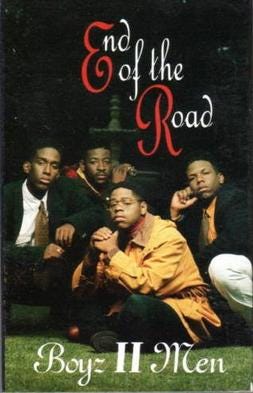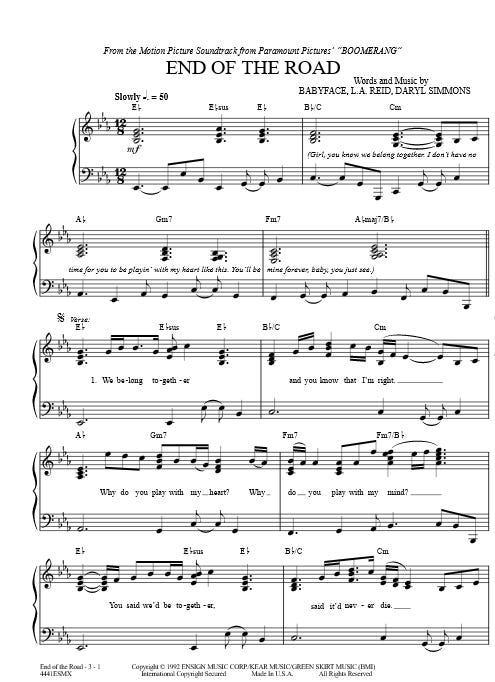Boyz II Men almost didn’t get to go to the end of the road.
This song, “End of the Road,” faced a lot of roadblocks in its production back in the spring of 1992. From a singer who lost his voice in the studio, to a record executive who wouldn’t sign off on the deal, to a songwriter who said he wanted to keep this surefire hit to himself—this song almost didn’t happen. Despite all these problems and near-misses: “End of the Road,” of course not only happened, but it changed everything for Boyz II Men.
Exactly thirty years ago today, on June 30, 1992, “End of the Road” was sent out into the world. It would end up becoming one of the most influential pop songs of its generation. On this anniversary, let’s take some time to look back, to reflect on the mile markers along the road.
This is Part One of Still On The Road, a new four-part series on The Love Letter. In this brief history of Boyz II Men’s signature song, we’ll look at how “End of the Road” came together at the last minute, how it launched these teenage Boyz into the stratosphere, and how it has inspired countless musicians throughout these past thirty years.
But first, let’s turn the clock all the way back to 1992, to remember what pop music sounded like back when “End of the Road” first appeared.
“Not everybody in the black community likes raunchy music or artists with a hard-core street image,” [Shawn] Stockman told the L.A. Times in 1993, responding to a question about whether Boyz II Men’s “wholesome image” had cost them black fans. “We feel we’re accepted by the people in the black community who like this kind of music. Kids who are into rap or some hard-core music probably wouldn’t like our ballads. But our style suits our music. If we behaved like some of the hard-core rappers, people might not accept us.”
—Retrospective Review, Kenneth Partridge, Billboard, 2016
The Beginning of the Road
In 1992, racial segregation in American music was even more pronounced than it is here in 2022. Back in the 80s and 90s, American record labels and radio stations catered separately to White audiences and Black audiences. After the racist anti-disco protests in the late ’70s and early ’80s, the music industry successfully sold “rock” from White artists to predominantly White audiences, and it broadly shuttled Black artists into an “R&B” (or even more euphemistically, an “urban”) category. With some major exceptions (Whitney Houston, Stevie Wonder, and similar Black megastars), Black singers and musical artists appeared mainly on radio stations intended for Black audiences. The success of such segregated Black acts got measured on the “Black” R&B charts, published by industry insiders at magazines like Billboard. Those few Black acts said to have “crossover appeal” were those that managed to get a lot of White fans, and to get airplay on the White (or “mainstream”) pop radio stations.
Boyz II Men appeared on the American music scene amid this racially segregated environment. With their 1991 debut, they had already achieved some “crossover” success with the massive hit “Motownphilly,” which peaked at #3 on the mainstream Billboard Hot 100 pop chart. And then, their tearjerker a capella ballad, “It’s So Hard to Say Goodbye to Yesterday” reached #2 on the Hot 100.
Summer Scorcher
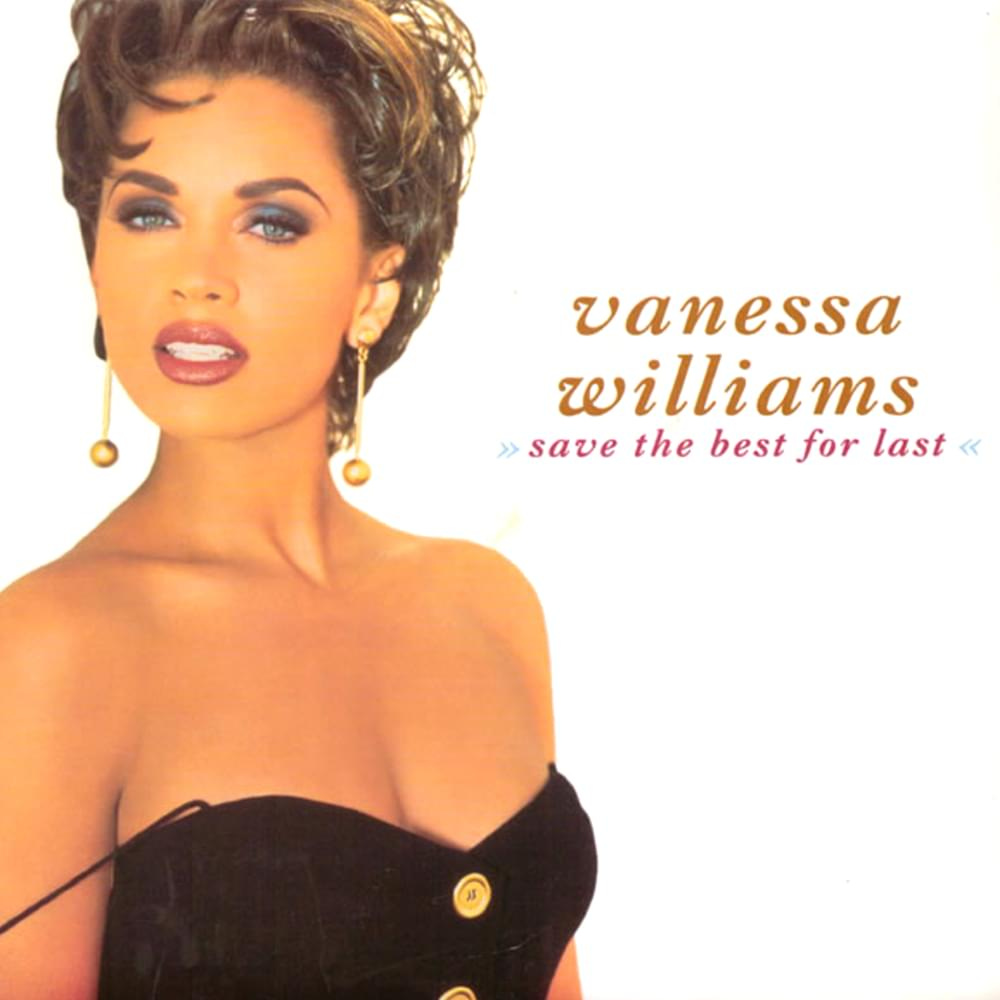
The Hot 100 chart flipped back and forth between Black and White artists all throughout the winter and spring in 1992. In February, the top song was “I'm Too Sexy” by Right Said Fred. Then came “Save the Best for Last” by Vanessa Williams, and then “Jump” by the teenage hip-hip sensations Kris Kross. By early summer, Mariah Carey's remake of the Motown classic “I'll Be There” hit the #1 on the Hot 100 for a couple weeks, and then Sir Mix-A-Lot peaked with the unforgettable “Baby Got Back.” Indeed, you can see some racial integration happening here. “I’m Too Sexy” was a hip-hop song from a White, British act. Vanessa Williams was a textbook “crossover” Black artist, as she found tremendous success in the lily-White “Adult Contemporary” genre.
And then, right After Madonna's “This Used To Be My Playground” hit number one off of the League of their Own soundtrack in early August, “End of the Road” took over on August 15. And it stayed at #1 for the next three months. All through August, September, and October, “End of the Road” was everywhere.
My Journey to the End of the Road
I actually remember hearing the song for the first time. In the summer of 1992, I was a teenager who had just started middle school, and I had been a big Boyz II Men fan for over a year. I had picked up a copy of their first album, Cooleyhighharmony, on cassette. I was proud of myself for being first among my friends to really love Boyz II Men. I had the kind of attitude where I felt like every Boyz II Men success was something I could claim a little bit, for myself. So, I had this profound, emotional connection with Boyz II Men, even before "End of the Road."
Then, at some point in that fateful summer of 1992 (probably early July), I was sitting in the back of my family’s Ford Aerostar minivan. We were taking a trip down to Atlanta to visit my cousins. I didn't want to spend the entire twelve-hour drive listening to my parents' lame music (Michael Bolton and Celine Dion were their favorites) on the car radio, so I brought along my own little Walkman. It had a radio as well as a tape deck. We stopped for gas just after leaving home, and I had my headphones in, listening to the radio (probably 96.3 WXYT, or maybe 97.9 WJLB).

I distinctly remember hearing the chorus of "End of the Road" for the first time. It captivated me instantly. I must have sat up straight, deeply focused on the song. I remember sitting there, listening closely, trying to figure out whether this was Boyz II Men, or maybe it was some other group like Color Me Badd? Or maybe it was somebody new?
Eventually, probably when I heard Mike McCary's legendary spoken word breakdown, I concluded that this really was Boyz II Men. I was listening to my favorite group’s new song! I remember feeling the hair stand up on the back of my neck. Just as the song was wrapping up, I shouted at my parents, demanding that they change the station on the car radio. "You gotta hear this song!" But they didn't get it together in time, and the moment passed. My parents probably told me to calm down. But I couldn't wait to hear that song again.
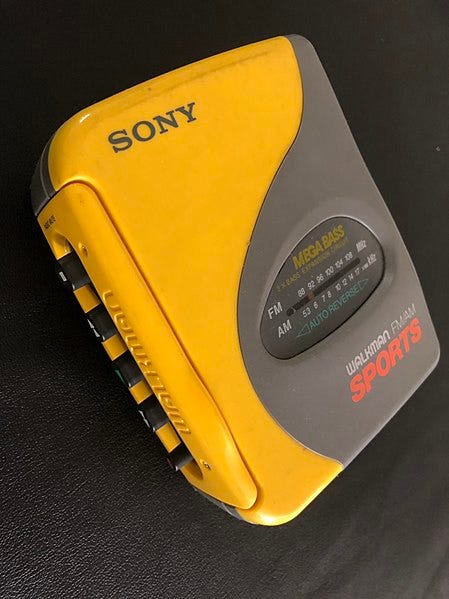
I’m sure I heard “End of the Road” on the radio many more times over the next few weeks. Then, I made it my mission to get the song on tape, recording it from the radio on audiocassette. But you know how it was--I couldn't get a clean copy of the song because the DJ would always talk over it! I didn't know, at the time, that the song was on the Boomerang soundtrack. Eventually, at Harmony House (a Detroit-area record store), I asked the clerk to help me out a little bit, and I got a copy of the Boomerang album. I must have listened to that tape one thousand times, singing along with all four parts of the harmonies until I learned the song backwards and forwards. Thirty years later, I'm still listening.
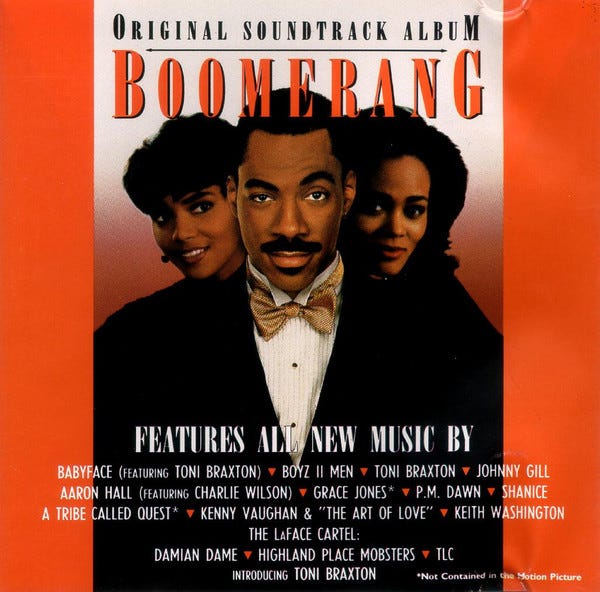
Music Appreciation
“It’s probably one of the most beautifully recorded songs of all time. They allow their voices to just hang in the air…”
—Kelley L. Carter, music journalist, interviewed in 2021 for Netflix’s “This Is Pop”
The song itself, a ballad in E-flat major, has a typical verse-bridge-hook structure. It starts off very quietly, with a few instrumental bars and a brief spoken introduction from Michael McCary, who was the group's bass singer. Then, Nathan Morris sings the first verse softly, with a lot of space in his phrasing. “We belong together….” It could be a Lionel Richie song at this point: easy like Sunday morning.
Then, Wanya Morris (no relation to Nathan) takes over and starts amping it up on the bridge: “Well, I can't sleep at night without holding you tight…” Now, we're in Temptations territory, with the energy swaying back and forth. Then the chorus hits with an absolute bang: “Although we've come! To the end of the road…” The chorus has all the trappings of a huge pop anthem—with an arena-filled vibe almost as big as something like Toto’s “Africa.” After Shawn Stockman's smooth second verse, Wanya starts singing up above the chorus. The song has just started to lift off when Michael takes it all the way back down with his full-on spoken word verse, recalling the old-school R&B jams from the 70s. Finally, Wanya just goes absolutely wild over the chorus for song’s powerful closing act, and it ends with the Boyz singing the hook one last time, a cappella.
As excited as I was about “End of the Road,” I think Nathan, Michael, Shawn, and Wanya were even more thrilled with how well the song performed. Along with its record-setting thirteen weeks at number one on the Hot 100 chart, “End of the Road” also won two Grammy awards (in R&B performance and songwriting categories), and it also took home an American Music Award for “Favorite Pop/Rock Song” (beating Mariah Carey and Red Hot Chilli Peppers). As I’ll discuss further in later editions of the newsletter, the tremendous success of this song contributed to the blurring of the racial lines between R&B and pop. With this song, Boyz II Men started to redefine “crossover success,” as they won accolades across both the &B and pop genres.
It’s not exaggerating to say that this song launched Boyz II Men's career into outer space. Unlike their contemporaries (Color Me Badd, in particular), Boyz II Men would not fizzle out after one or two hit songs. Instead, they became global celebrities behind the success of this song. Without listing all of their accomplishments after June 30, 1992, it's fair to say that “End of the Road” opened up the path for Boyz II Men to become one of the biggest names in the music industry.
So, “End of the Road” wasn't just a big hit. It was a bona fide phenomenon, and it would go on to be one of the most commercially successful songs of the 1990s. Exactly thirty years ago today, though, the road ahead wasn’t clear. All we knew is that Boyz II Men could really sing. Just listen to them here, live, on the Arsenio Hall show just after the song hit the top of the charts.
Coming Up Next
Thanks for joining me on this journey back to 1992 for this anniversary. Please tell me about the first time you heard “End of the Road,” and what the song means to you, either by emailing me or just writing your story in the comments here.
Next time on Still on the Road, I’ll look at how “End of the Road” was written, and tell the story of how the song almost didn’t happen at all.
